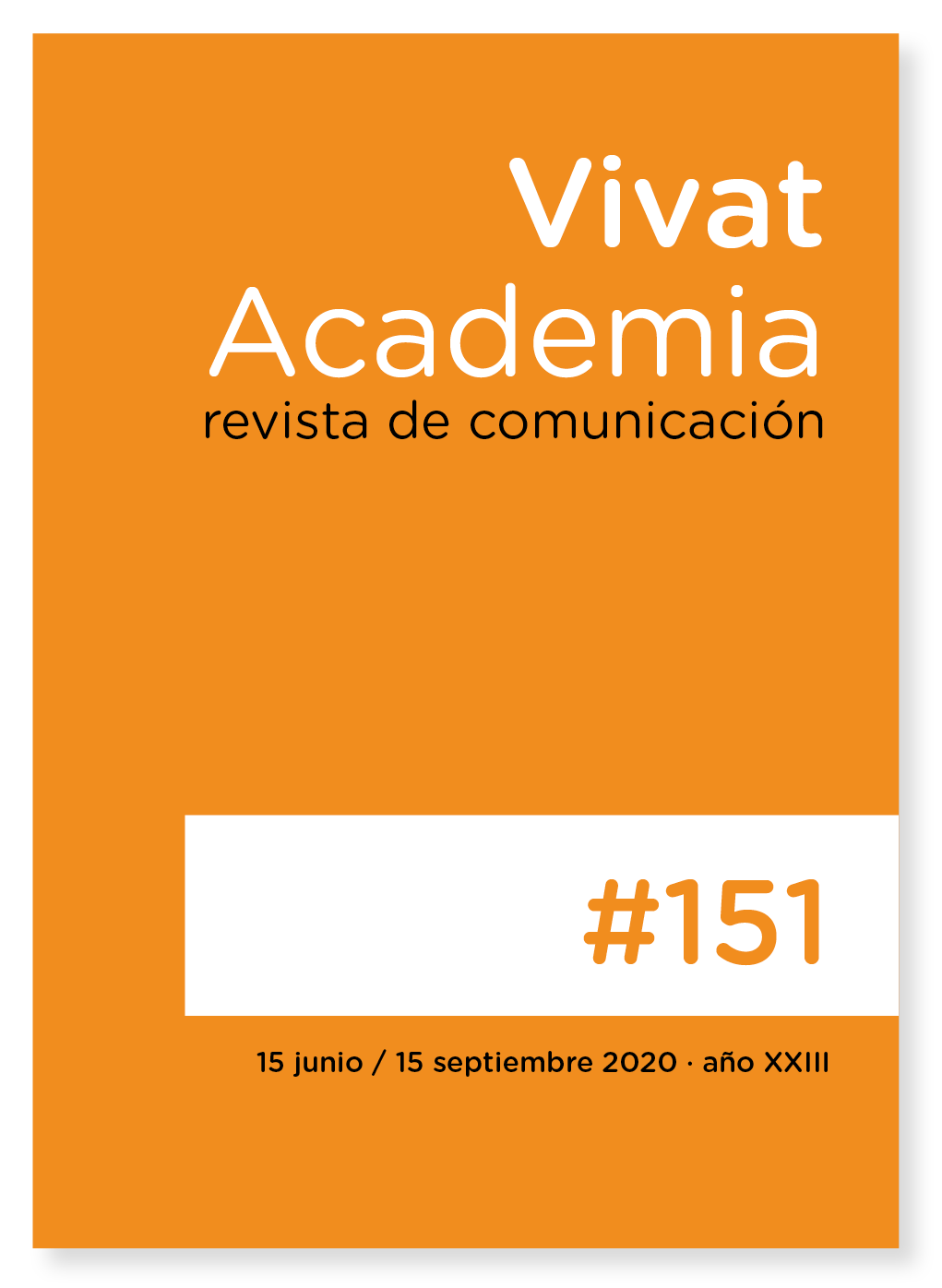The community experience of brand consumption. From the subculture of consumption to the consumer tribe
Main Article Content
Abstract
There are numerous consumer taxonomies that address their behavior with respect to the brand. However, there is some confusion in distinguishing and defining the characteristics of the concepts included in these classifications. The main novelty of this study lies in the synthesis of the main theoretical contributions that study the collective behavior of consumers in order to explore the specific implications that they entail for brand management. For this, the conceptual differences between the terms subculture of consumption, brand community and consumer tribe are explored in order to propose a comparative frame of reference that relates the commitment to the brand, the sense of belonging among consumers and the construction of brand meaning for them. The results indicate that, in effect, the conceptual differences between these terms have to be addressed by brand management professionals in order to effectively implement the strategies of branding.
Downloads
Article Details
The main author must deliver the letter of transfer of copyright, according to the model provided by Vivat Academia, Revista de comunicación, which declares the transfer of copyright to the journal and make explicit the rights of authors regarding the dissemination and use of the manuscript once published.
Creative Commons Attribution/Non Commercial 4.0 International
References
Bazaki, E. & Veloutsou, C. (2010). Brand communities, subcultures of consumption, neotribes: a melange of terminology, en G. Chrisodoulides, et al. (Eds.). Contemporary Issues in Brand Research (pp. 163-180). Atenas: Institute for Education and Research.
Biraghi, S; Gambetti, R. & Pace, S. (2018). Between tribes and markets: The emergence of a liquid consumer-entrepreneuship. Journal of Business Research, (92), 392-402.
Canniford, R. (2011). A Typology of Consumption Communities. Research in Consumer Behavior, (13), 57-75. Recuperado de https://tinyurl.com/y7kzhpgcw
Cova, B. (1997). Community and consumption: Towards a definition of the «linking value» of product or services. European Journal of Marketing, 31(3), 297-316. doi: https://doi.org/10.1108/03090569710162380
Cova, B. (1999). Tribal marketing: A Latin deconstruction of a northern construction. First International Conference on Critical management Studies, UMIST.
Cova, B. & Cova, V. (2002). Tribal marketing: The tribalisation of society and its impact on the conduct of marketing. European Journal of Marketing, 36(5/6), 595-620. doi: https://doi.org/10.1108/03090560210423023
Cova, B. & Dalli, D. (2008). From communal resistance to tribal value creation. 1st International Conference on Consumption and Consumer Resistance, Paris.
Dahl, S. (2014). Social Media Marketing–Theories and Applications. London: Sage.
De Burgh-Woodman, H. & Brace-Govan, J. (2007). We do not live to buy: Why subcultures are different from brand communities and the meaning for marketing discourse. International Journal of sociology and social Policy, 27(5/6), 193-207. doi: https://doi.org/10.1108/01443330710757230
Drawbaugh, K. (2001). Las marcas a examen. El gran desafío de la identidad comercial. Madrid: Prentice Hall.
Fernández Gómez, J. D. (2013). Principios de estrategia publicitaria y gestión de marcas. Nuevas tendencias de brand management. Madrid: McGraw-Hill.
Firat, F. & Venkatesh, A. (1993). Postmodernity: the age of marketing. International, en Journal of Research in Marketing, 10(3), 227-49.
Firat, F.; Dholakia, N. & Venkatesh, A. (1995). Marketing in a postmodern world. European Journal of Marketing, 29(1), 40-56.
Goulding, C.; Shankar, A & Canniford, R. (2013). Learning to be tribal: facilitating the formation of consumer tribes. European Journal of Marketing, 47(5/6), 813-832. doi: https://doi.org/10.1108/03090561311306886
Kett, A. (1999). Subcultures or Neotribes: Rethinking the Relationship Between Youth, Style and Musical Tastes. Sociology, (33), 599-614.
Kozinets, R. (1999). E-Tribalized Marketing?: The Strategic Implications of Virtual Communities of Consumption. European Management Journal, 17(3), 252-264.
Mamali, E; Nuttall, P. & Shankar, A. (2018). Formalizing consumer tribes: Towards a theorization of consumer-constructed organizations. Marketing Theory, 18(8), 521-542.
McAlexander, J.; Schouten, J. & Koenig, H. (2002). Building Brand Community. Journal of Marketing, (66), 38–54.
Muñiz, A. & O’Guinn, T. (2001). Brand Community. Journal of Consumer Research, 27(4), 412-432. doi: https://doi.org/10.1086/319618
Närvänen, E.; Kartastenpää, E., & Kuusela, H.(2013). Online lifestyle consumption community dynamics: A practice‐based analysis. Journal of Consumer Behaviour, 12(5), 358 369. doi: https://doi.org/10.1002/cb.1433
Richardson, B. (2013). Tribal Marketing, Tribal Branding. An expert guide to the brand co creation process. UK: Palgrave Macmillan.
Saat, R.; Maisurah, K. & Hanim, R. (2015). Developing Tribe Marketing and Information Technology Competencies Skills (Tribe-IT Skills) for Virtual Entrepreneurs. Proceedings of the International Conference on E-Commerce.
Schouten, J. & Mcalexander, J. (1995). Subcultures of Consumption: An Ethnography of the New Bikers. Journal of Consumer Research, 22(1), 43-61. Recuperado de https://www.jstor.org/stable/2489699
Silva, S. & Santos, M. (2012). How to capitalise on a tribe. The Marketing Review, 12(4), 417-434. https://doi.org/10.1362/146934712X13469451716718
Taute, H. & Sierra, J. (2014). Brand tribalism: an anthropological perspective, Journal of Product & Brand Management, 23(1), 2-15.
Thomas, T.; Price, L. & Schau, H. (2013). When Differences Unite: Resource Dependence in Heterogeneous Consumption Communities. Journal of Consumer Research, 39(5), 1010-1033. doi: https://doi.org/10.1086/666616
Thompson, C. & Troester, M. (2002). Consumer Value Systems in the Postmodern Fragmentation: The Case of the Natural Health Microculture. Journal of Consumer Research, (28), 550-571.





